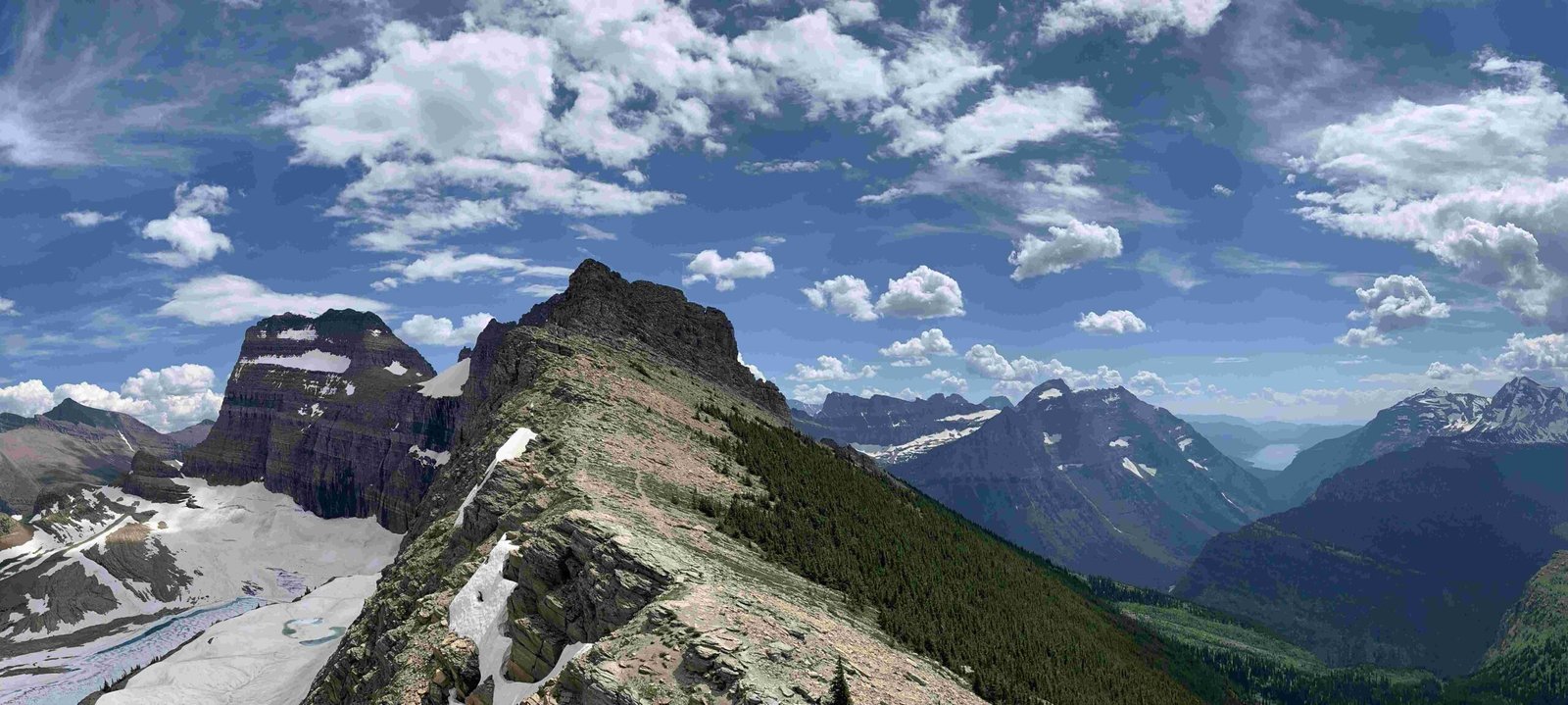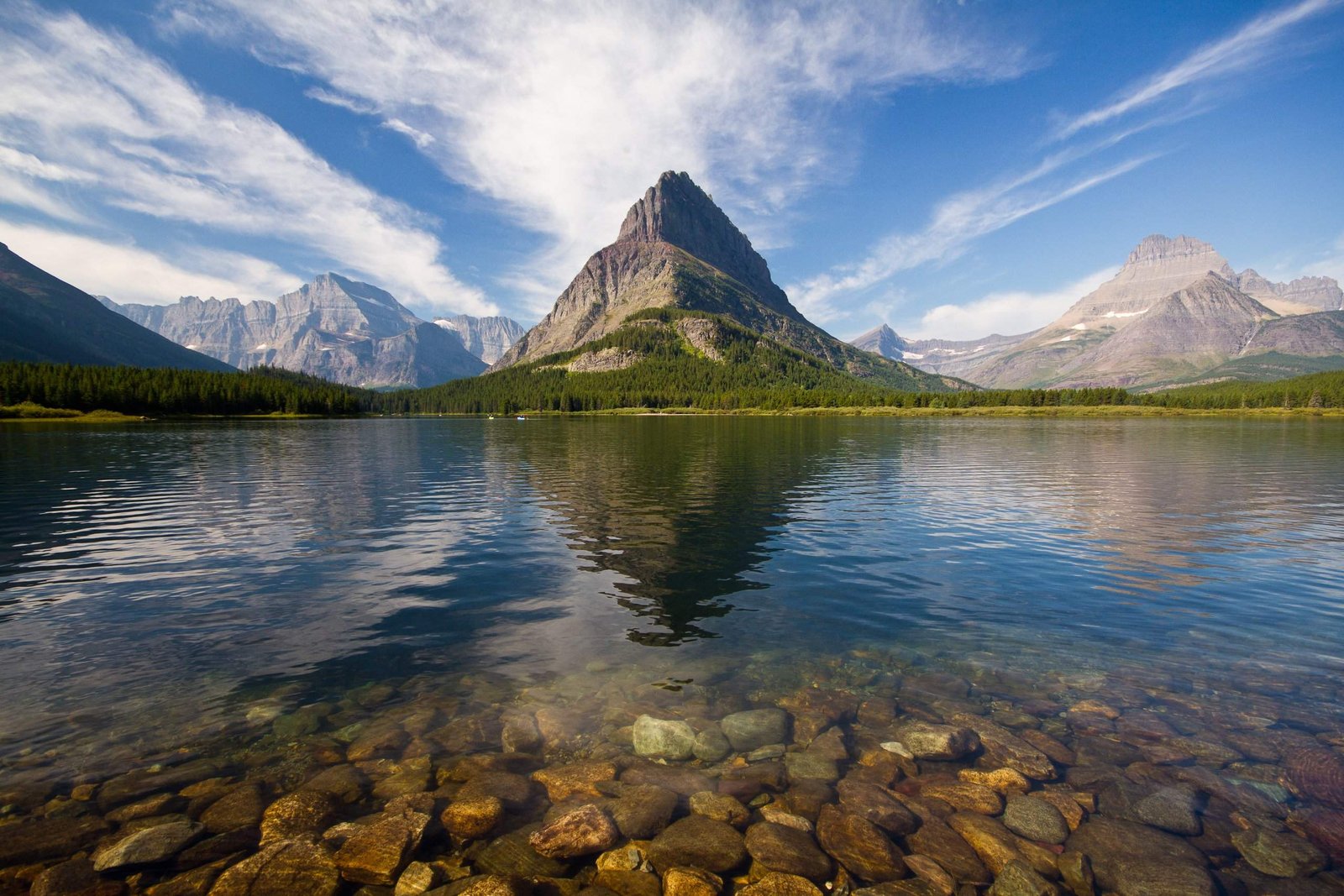Invasive species in Glacier National Park pose a significant threat to the park’s ecosystem. With over 127 non-native plant species identified, including 18 classified as noxious weeds, these invaders are rapidly spreading across the park’s diverse landscapes. They outcompete native plants, alter habitats, and disrupt the delicate balance of the ecosystem. Park managers employ various strategies to combat this issue, including integrated weed management and citizen science initiatives.
What Are the Most Common Invasive Plant Species in Glacier National Park?

Glacier National Park is home to a variety of invasive plant species that have taken root in its diverse ecosystems. Some of the most prevalent include:
- Common tansy
- Oxeye daisy
- Canada thistle
- Spotted knapweed
- St. John’s wort
These plants have either been deliberately introduced for cultivation or have spread from neighboring areas through various means such as wind, animals, and human activity.
How Widespread Are Invasive Plants in the Park?

The distribution of invasive plants in Glacier National Park is extensive and concerning:
- As of 2013, an estimated 9,527 acres were affected by invasive plants.
- Invasive species can be found in various parts of the park, including:
- Backcountry areas
- North Fork prairies
- Roadsides
- Disturbed areas near human activity
The rapid spread of these plants is partly due to their lack of natural predators in the park’s ecosystem, allowing them to grow unchecked in many areas.
What Are the Ecological Impacts of Invasive Species?
The presence of invasive species in Glacier National Park has far-reaching consequences for the ecosystem:
- Native Species Displacement: Invasive plants outcompete native species for resources, leading to a decline in native plant populations.
- Biodiversity Loss: The introduction of non-native species disrupts the complex interactions between native species, resulting in a loss of biodiversity.
- Habitat Alteration: Invasive plants can change the physical structure of habitats, leading to:
- Soil erosion
- Changes in water resources
- Altered fire regimes
- Wildlife Impact: The changes in vegetation affect native wildlife, including:
- Grizzly bears
- Bighorn sheep
- Black bears
- Ecosystem Function Disruption: Invasive species can alter nutrient cycles and energy flows within the ecosystem.
How Do Invasive Plants Affect Soil and Water Resources?
Invasive plants in Glacier National Park have significant impacts on soil and water resources:
| Impact | Description |
|---|---|
| Soil Erosion | Invasive plants often have shallow root systems that don’t hold soil as effectively as native plants |
| Water Consumption | Some invasive species consume more water than native plants, altering local hydrology |
| Nutrient Cycling | Invasive plants can change soil chemistry and nutrient availability |
| Sedimentation | Increased erosion leads to higher sedimentation in water bodies |
| Riparian Zone Alteration | Invasive plants can change the structure and function of areas along water bodies |
These impacts can have cascading effects throughout the ecosystem, affecting both terrestrial and aquatic habitats.
What Management Strategies Are Used to Control Invasive Species?
To combat the spread of invasive species, Glacier National Park employs several management strategies:
- Integrated Weed Management (IWM)
- Combines multiple control methods:
- Manual removal
- Mechanical treatments
- Cultural practices
- Biological control
- Chemical treatments (when necessary)
- Tailored to specific species and locations
-
Aims to minimize harm to native plant communities
-
Citizen Science Projects
-
Invasive Plant Citizen Science Project
- Engages public in detecting and reporting invasive plants
- Provides training on species identification
- Helps with early detection of new infestations
-
Prevention and Early Detection
- Inspection of clothing, shoes, and vehicles
- Rapid response to new infestations
-
Public education on preventing spread
-
Restoration of Native Plant Communities
- Replanting native species in treated areas
-
Monitoring recovery of native ecosystems
-
Research and Monitoring
- Ongoing studies on invasive species impacts
- Regular surveys to track spread and effectiveness of control measures
How Effective Are Current Control Measures?
The effectiveness of control measures for invasive species in Glacier National Park varies:
- Successes:
- Some localized eradications have been achieved
- Early detection has prevented establishment of new invasive species
-
Public awareness has increased through education programs
-
Challenges:
- Large park area makes comprehensive control difficult
- Limited resources for widespread treatment
-
Continuous influx of new invasive species
-
Ongoing Efforts:
- Adaptive management approaches
- Collaboration with neighboring land managers
- Development of new control techniques
What Role Do Visitors Play in Invasive Species Management?
Visitors to Glacier National Park play a crucial role in invasive species management:
- Prevention:
- Clean boots, clothing, and gear before entering the park
- Stay on designated trails to avoid spreading seeds
-
Don’t transport firewood from outside the park
-
Education:
- Learn to identify common invasive species
-
Understand the impacts of invasive plants on the ecosystem
-
Participation:
- Join volunteer programs for invasive plant removal
-
Participate in citizen science projects
-
Reporting:
- Alert park staff to new or unusual plant sightings
- Use park-provided reporting tools or apps
By following these guidelines, visitors can significantly contribute to the preservation of Glacier National Park’s native ecosystems.
How Does Climate Change Affect Invasive Species in the Park?
Climate change is expected to exacerbate the invasive species problem in Glacier National Park:
- Range Expansion: Warming temperatures may allow invasive plants to spread to higher elevations.
- Competitive Advantage: Some invasive species may adapt more quickly to changing conditions than native plants.
- Altered Disturbance Regimes: Changes in fire patterns and precipitation may create new opportunities for invasive species to establish.
- Stress on Native Species: Climate-induced stress may make native plants more vulnerable to competition from invasives.
Park managers are incorporating climate change projections into their invasive species management plans to better prepare for future challenges.
What Are the Long-term Prospects for Invasive Species Control in Glacier National Park?
The long-term outlook for invasive species control in Glacier National Park is complex:
- Ongoing Challenge: Invasive species will likely remain a persistent issue requiring continuous management.
- Adaptive Strategies: Park managers will need to continually adapt their approaches as new invasives arrive and conditions change.
- Technological Advancements: Emerging technologies in detection and control may improve management effectiveness.
- Ecosystem Resilience: Efforts to enhance overall ecosystem health may improve resistance to invasive species.
- Collaborative Efforts: Partnerships with neighboring lands and agencies will be crucial for comprehensive control.
While complete eradication of all invasive species is unlikely, targeted management and prevention efforts can help maintain the park’s ecological integrity for future generations.